Boxing is a high-impact and physically demanding sport—just two of the many reasons people love it. Whether customers are in it for glory or simply as a great way to stay in shape, practitioners of pugilism must put their hands first before getting in the ring. That’s where having the right boxing gloves comes in.
Quality boxing gloves can also help improve performance, allowing users to throw more powerful and faster punches. But with so much choice, stocking the right gloves is not always an easy task, and there are numerous factors businesses must consider to ensure their customers stay safe. Here, we’ll dive into everything retailers must know about boxing gloves before selling them in 2024.
Table of Contents
An overview of the global boxing glove market
What sellers should consider when choosing boxing gloves
Summary
An overview of the global boxing glove market
The boxing gloves market is forecast to be worth $1.42 billion in 2024, growing at a 7.2% CAGR from $1.32 billion in 2023. It’s also predicted the market will hit $1.81 billion by 2028, growing at a 6.3% CAGR until then. This growth is attributed to a general growing awareness of health and the benefits of sports participation, the influence of popular boxing personalities, and the adoption of personalized and customizable gloves.
The report also puts North America as the biggest market for boxing glove sales in 2023. However, experts predict Asia Pacific will be the fastest-growing region over the forecast period. Training gloves sold the most based on type, making it the dominant segment last year.
What sellers should consider when choosing boxing gloves

Boxing gloves come in many different varieties, offering something for everyone at each stage of their boxing journey. That’s why businesses must understand exactly what each type offers. Below, we’ll take a closer look at some of the most common options available, from boxing gloves for training to those designed for competitive fights.
Bag gloves

Bag gloves are usually used when training with punching bags or boxing pads. Bag gloves have less padding than sparring gloves, allowing the user to better gauge where their punches may be lacking. They also have smaller and lighter designs to help give a more natural feel.
Retailers will want to stock glove variants with enough padding to protect the users’ fingers but also sized well enough to remain snug and comfortable.
Training gloves
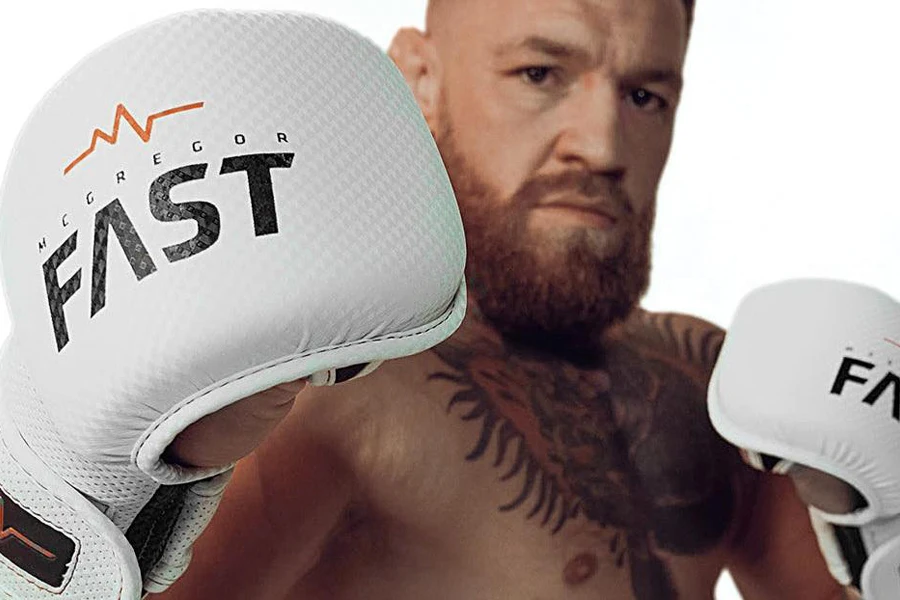
Training gloves are great for newcomers because they balance safety and practicality, offering sufficient padding for safe sparring sessions while remaining light enough for practicing with bags. Training gloves with wrist wraps are particularly attractive, giving additional wrist, forearm, finger, and hand protection.
Sparring gloves
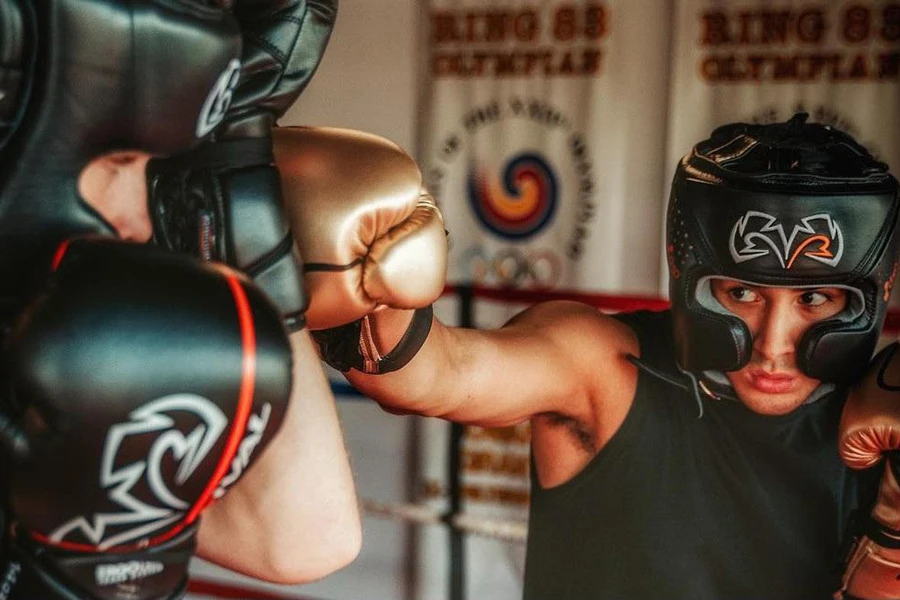
Customers prefer sparring gloves for extensive person-to-person training. They differ from traditional boxing variants in that they offer thicker padding. Retailers can market these gloves to customers hoping to refine their skills and techniques while avoiding unnecessary injuries.
MMA gloves
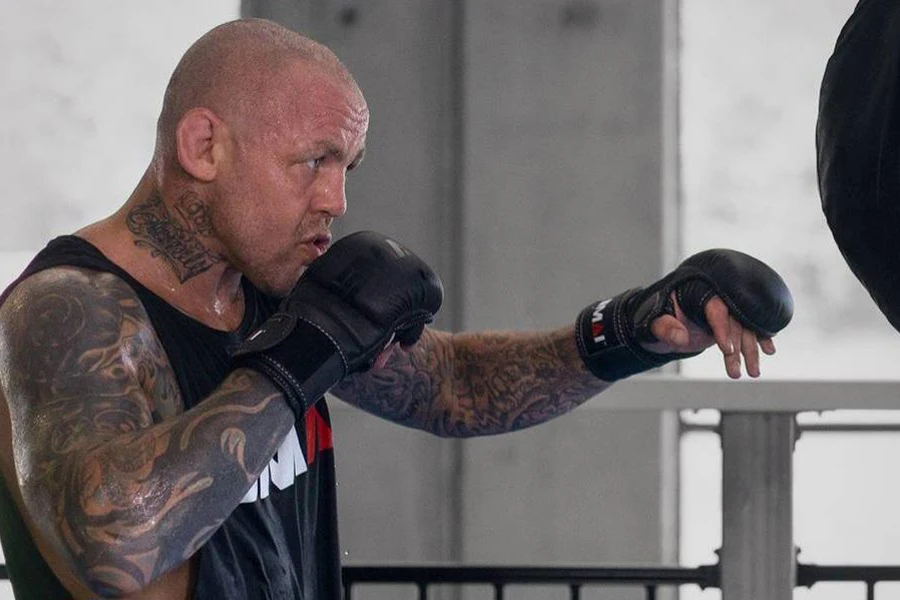
MMA gloves feature an open-finger design and less padding, helping fighters achieve a natural, firm grip, especially when grappling. These gloves may also be attractive to users wanting to quickly switch between boxing and other exercises (like weight lifting or push-ups) in a gym environment.
Competition boxing gloves
Finally, competitive gloves have less protection and padding, making them the go-to for professionals to deliver fast and powerful blows. They are also smaller, lighter, and more compact than sparring or training gloves.
Size, body weight, and hand size

Customers can only achieve maximum performance if their gloves fit well. Boxing gloves don’t have a universal fit, instead coming in different sizes (typically measured in ounces) for various experience levels. In addition to experience level, body weight and hand size are also important when choosing which boxing glove sizes to stock.
Heavier gloves tend to provide more padding and are used for heavyweight fighting. On the other hand, smaller individuals will likely want to opt for lighter gloves for improved comfort and speed.
Regardless of body weight, hand size will have the biggest impact on a glove’s comfort and fit. Boxing gloves that are too small will restrict movement and can strain the wearer’s hand muscles. Meanwhile, gloves that are too big will be loose and less protective.
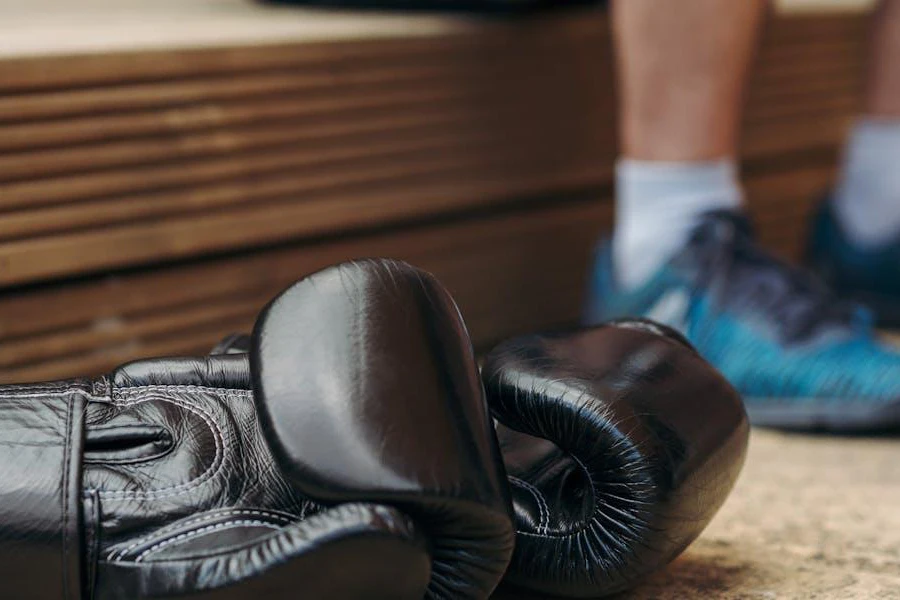
To avoid consumer dissatisfaction and return requests, it pays to provide your customers with sizing charts that specify body weight, hand measurement, and boxing glove size. While you may not be able to stock every possible size combination, ensure that you have a range with spanning the most common weight/hand size combos.
This section provides sizing charts for each type of boxing glove:
Bag gloves
| Fighter weight | Glove size | Glove weight | Hand size |
| Over 176 lbs | XL to 2XL (large) | 16 to 18 oz | 8-¼” to 9-¾” |
| 151 to 175 lbs | L to XL (large) | 14 to 16 oz | 7-¼” to 8-½ |
| 101 to 150 lbs | S to M (Regular) | 10 to 12 oz | 6” to 7 ½” |
| Up to 100 lbs | Youth | 6 to 8 oz | 5” to 6” |
Training and sparring gloves
| Fighter weight | Glove weight | Hand size |
| Over 150 lbs | 16 to 18 oz | 8-¼” – 9-¾” |
| 136 to 150 lbs | 14 to 16 oz | 7-¼” – 8-½” |
| 91 to 135 lbs | 12 to 14 oz | 6″ – 7-½” |
| Up to 90 lbs | 8 to 10 oz | 5″ – 6″ |
Pro competitive gloves
| Fighter weight | Glove weight |
| 200 lbs and over | 10 oz XL |
| 146 to 210 lbs | 10 oz |
| Up to 146 lbs | 8 oz |
Note: 10 oz XL is recommended for heavyweight, super heavyweight, and boxers looking for larger fits.
Amateur competitive gloves
| Fighter weight | Glove weight |
| Masters division | 10 oz |
| Over 139 lbs | 12 oz |
| 139 lbs or less | 10 oz |
MMA gloves
| Glove size | Hand size |
| Up to 90 lbs (Youth) | 5″ – 6″ |
| 91 to 135 (Small to medium) | 6″ – 7-½” |
| 136 to 150 lbs (Large to extra large) | 7-¼” – 8-½” |
| Over 150 lbs (extra large to 2XL) | 8-¼” – 9-¾” |
Material
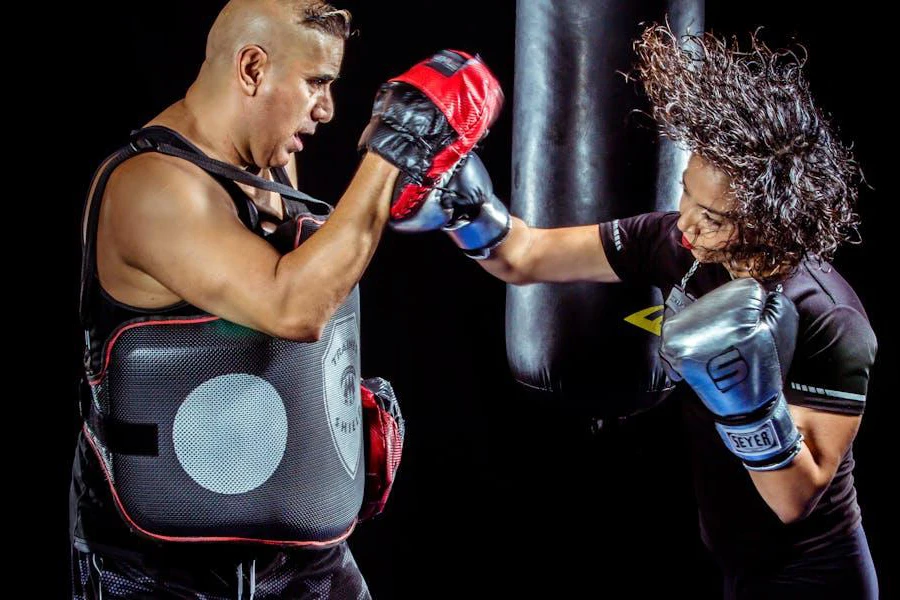
Material is another important aspect retailers must consider when stocking boxing gloves, as it impacts several key aspects of the glove’s use, including how long the glove is likely to last before experiencing wear and tear, the glove’s breathability and flexibility, and the feel. Here’s a breakdown of the most common materials used in boxing gloves.
Leather
Leather is extremely durable and can last several years if properly maintained. Pure leather boxing gloves conform to the wearer’s hand shape, providing a comfortable and custom fit over time. They are also breathable, allowing better airflow within the glove.
However, they are the most expensive option and so less suitable for casual use. Leather boxing gloves also require maintenance to prevent drying and cracking—which can be a hassle when just training and sparring.
Synthetic leather (PU or vinyl)
Boxing gloves made from synthetic leather are more affordable than their genuine counterparts. They are also easier to care for and maintain and come in various eye-catching designs or colors. PU leather is the most common material used to produce boxing gloves.
Tip: Offer mostly synthetic boxing gloves to beginners and casual fitness users as they are more affordable and easier to maintain. Then, stock higher-end gloves with genuine leather for serious boxers and competitors for their durability and optimal performance.
Summary
Boxing is a truly global sport filled with adrenaline and thrills. However, those who practice it must ensure that they have the correct type of gloves to protect themselves and improve their performance.
That’s why sellers must carefully research the factors that go into stocking the right gloves for a wide range of users, including size, weight, and material. Not matter what type of glove you’re looking for, you’re bound to find it among the thousands of options on Alibaba.com.




